In today’s rapidly evolving automotive landscape, driver assistance systems are no longer just a luxury—they’re becoming essential features in modern vehicles. These advanced technologies are designed to enhance safety, convenience, and the overall driving experience. In this article, we’ll explore the top 15 high-tech driver assistance systems that are transforming how we drive today.
Contents
Adaptive Cruise Control (ACC)
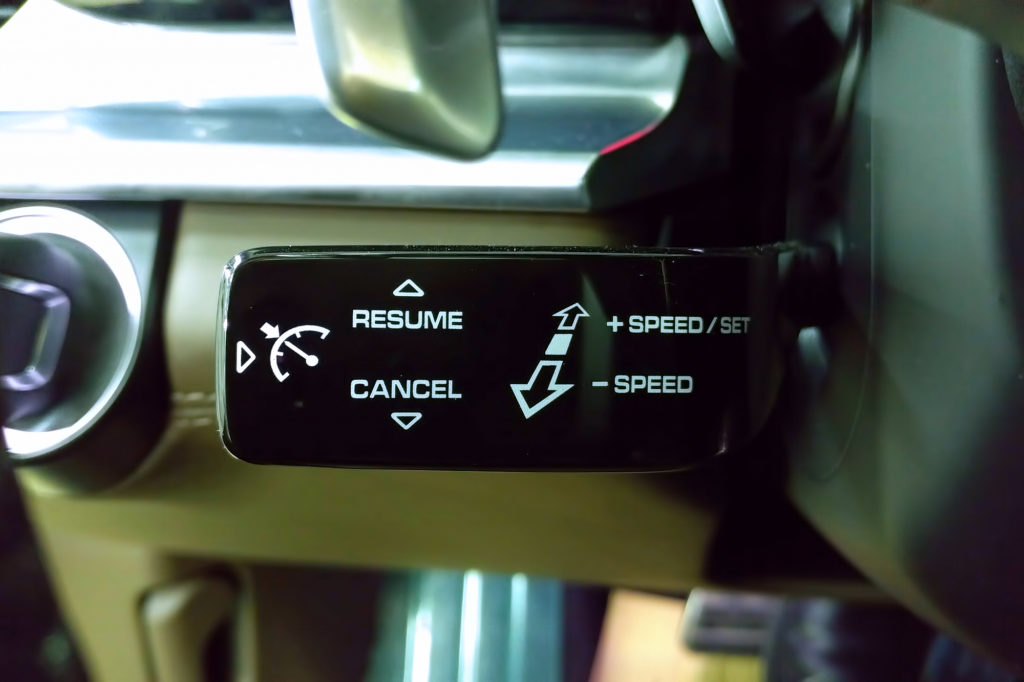
ACC is essential for long highway drives, automatically adjusting your car’s speed to maintain a safe following distance from the vehicle ahead. This feature uses radar or cameras to monitor traffic and can bring your car to a complete stop if necessary, making it perfect for both cruising and stop-and-go traffic.
Automatic Emergency Braking (AEB)
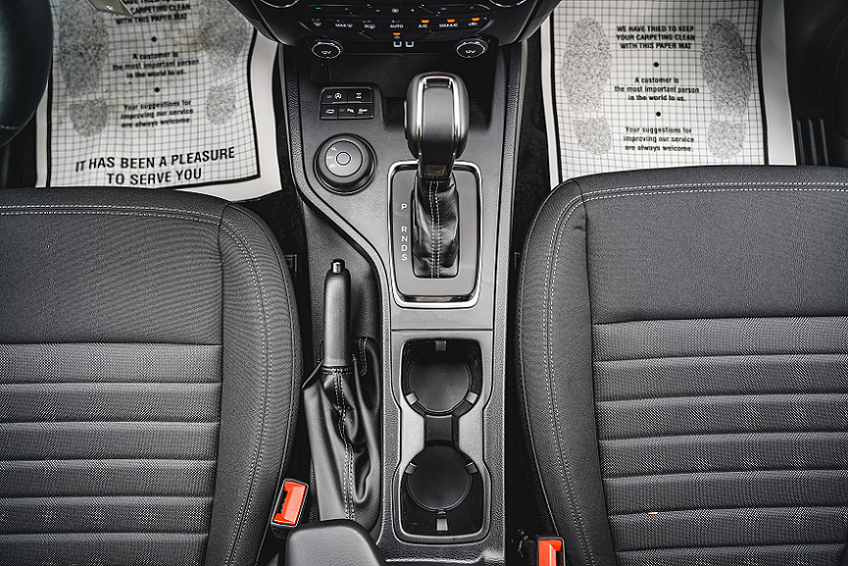
AEB is a crucial safety feature that detects potential collisions and applies the brakes to either prevent or minimize impact. By using sensors and cameras, AEB can react faster than a human driver, significantly reducing the chances of accidents, especially in urban environments where sudden stops are common.
Lane Keeping Assist (LKA)
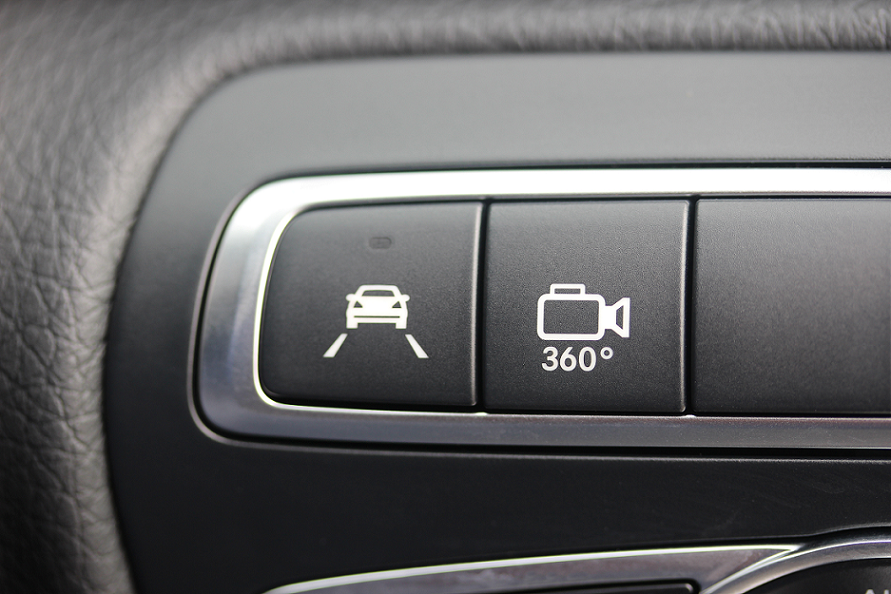
LKA helps prevent unintended lane departures by gently steering the vehicle back into its lane if it detects that you’re drifting without signaling. This feature is particularly beneficial on highways and long drives, reducing the risk of sideswipe accidents.
Blind Spot Monitoring (BSM)

BSM uses radar sensors to detect vehicles in your blind spots, alerting you with a visual or audible warning. This system is invaluable during lane changes, helping to prevent accidents by ensuring you’re aware of vehicles you might not see in your mirrors.
Traffic Sign Recognition (TSR)
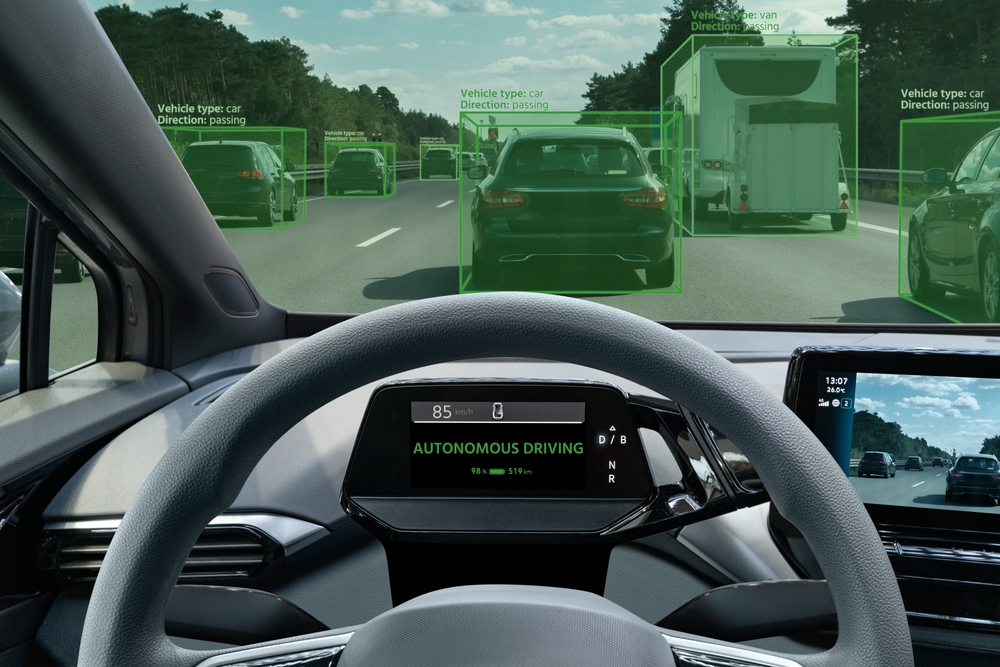
TSR enhances safety by detecting and displaying important road signs like speed limits and no-passing zones on your dashboard. This feature helps you stay informed and compliant with traffic laws, even in unfamiliar areas where signs might be easy to miss.
Parking Assistance Systems
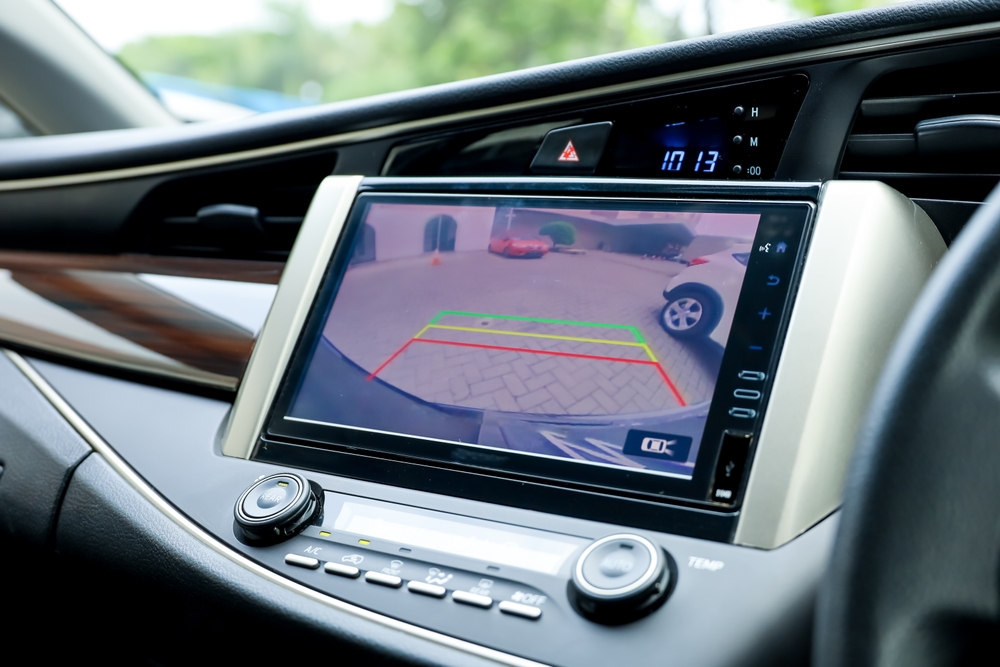
Parking assistance systems make parking effortless by using sensors and cameras to guide you into a spot. Some advanced systems can even park the car automatically, reducing the stress of parallel parking or fitting into tight spaces.
360-Degree Camera System
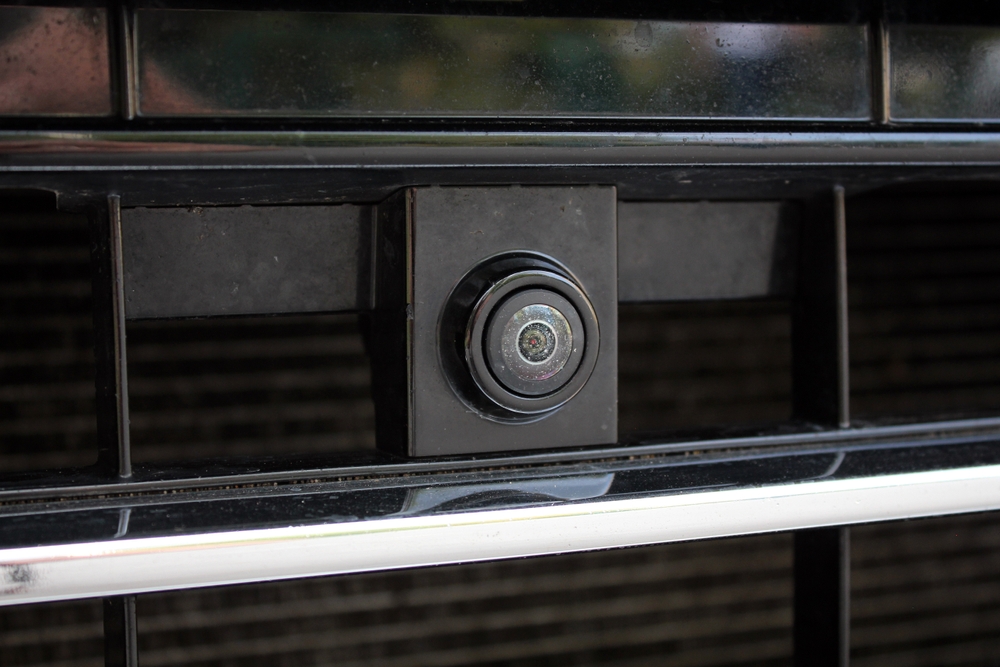
This system provides a bird’s-eye view of your car’s surroundings, making it easier to navigate in tight spaces. By combining feeds from multiple cameras, it helps prevent minor collisions and ensures you’re fully aware of obstacles around your vehicle.
Rear Cross-Traffic Alert (RCTA)
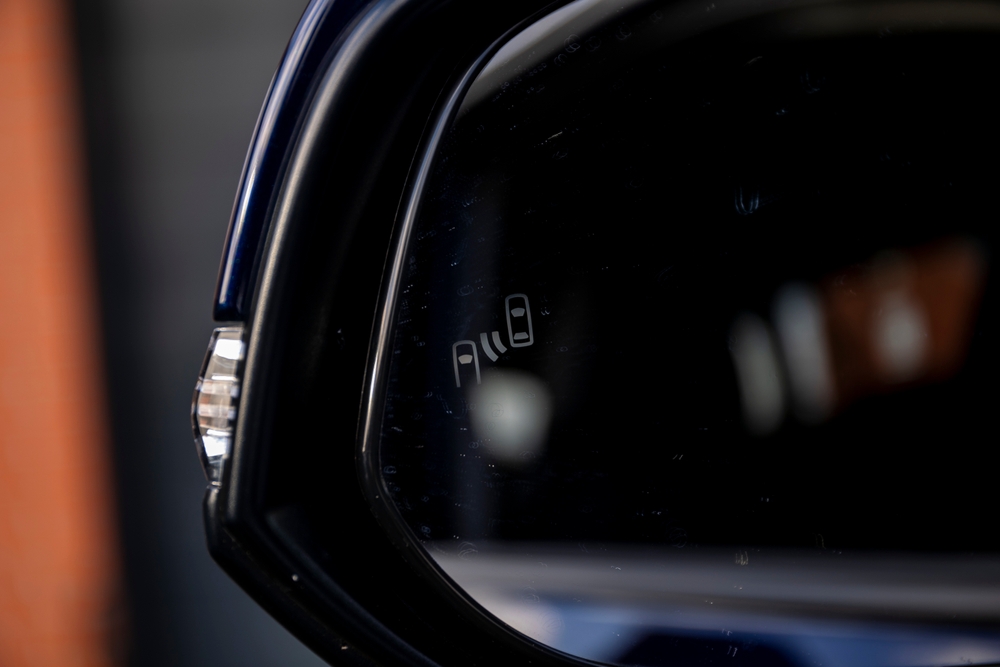
RCTA is a lifesaver when reversing out of parking spaces, as it detects vehicles approaching from the sides and warns you of their presence. This feature is especially useful in crowded parking lots where visibility is often limited.
Driver Attention Monitoring

This system monitors your driving behavior for signs of drowsiness or inattention, such as steering corrections or lack of input. If it detects these signs, it alerts you to take a break, helping to prevent accidents caused by fatigue.
Night Vision Assistance
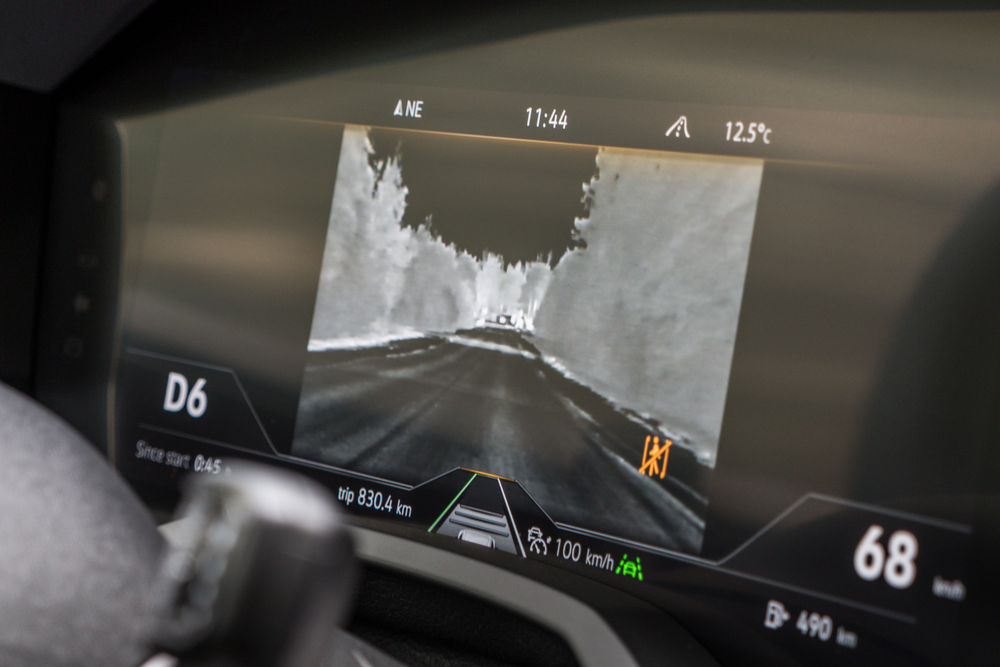
Night Vision Assistance uses infrared cameras to detect pedestrians, animals, or obstacles in low-light conditions, displaying them on your dashboard. This feature extends your visibility beyond the reach of your headlights, making night driving safer.
Forward Collision Warning (FCW)
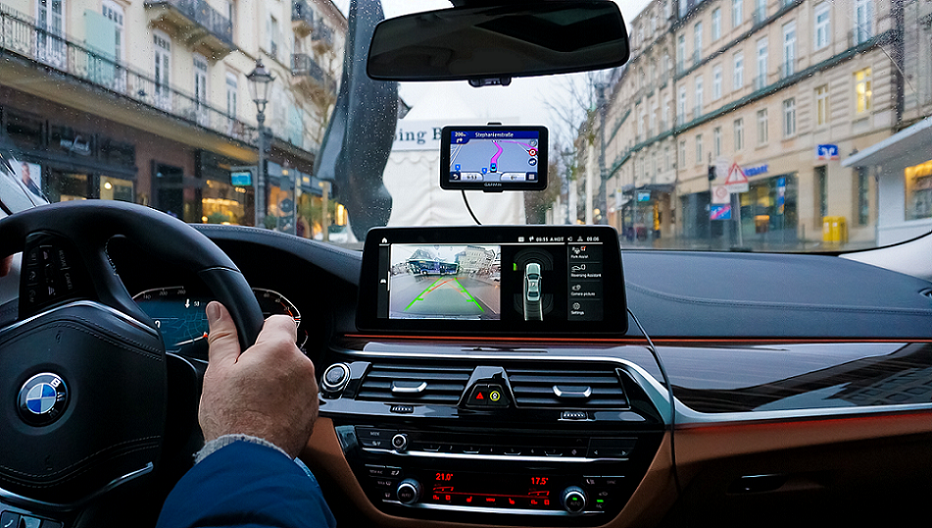
FCW alerts you if you’re approaching another vehicle too quickly, giving you time to react and avoid a collision. This system often works in conjunction with AEB, providing an extra layer of safety in both urban and highway settings.
Pedestrian Detection
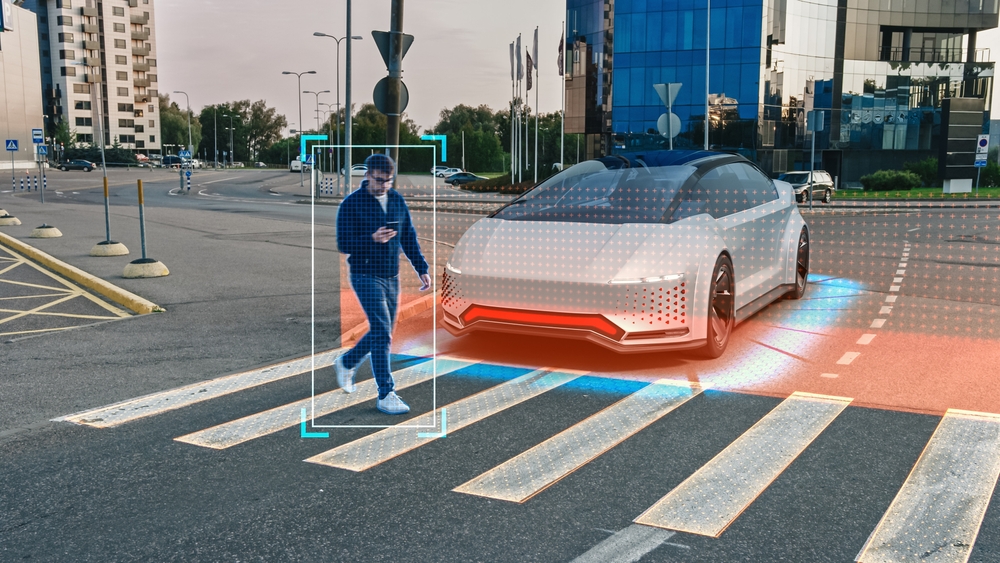
Pedestrian Detection is designed to identify pedestrians in your vehicle’s path and automatically apply the brakes if necessary. This feature is particularly important in urban areas where pedestrian traffic is heavy, helping to prevent accidents.
Automatic High Beams
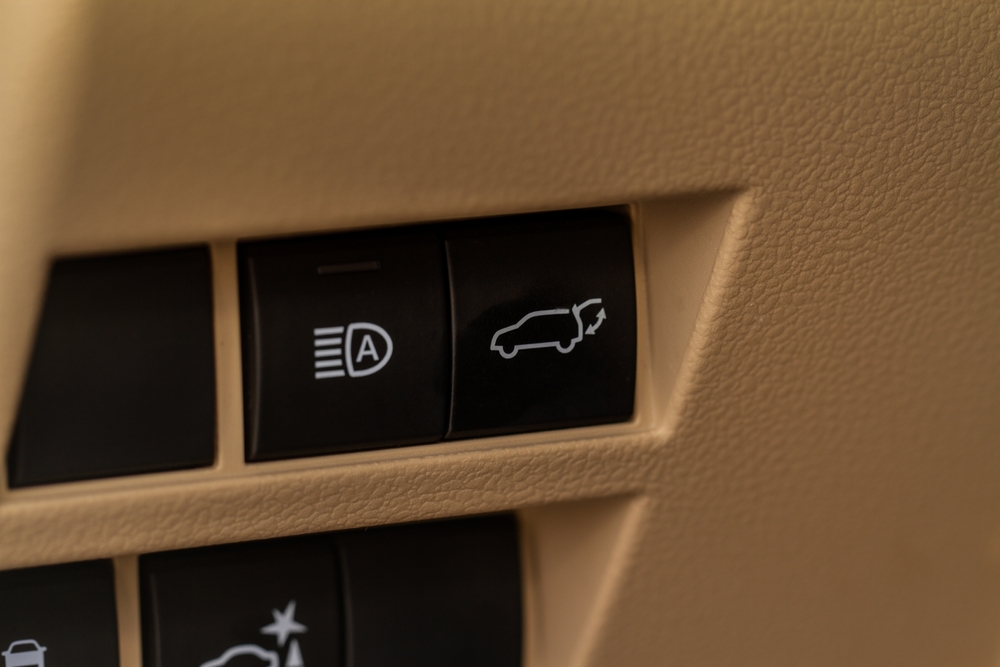
This feature automatically switches between high and low beams based on the presence of other vehicles. It ensures optimal lighting without blinding oncoming drivers, improving visibility and safety during night driving.
Adaptive Headlights
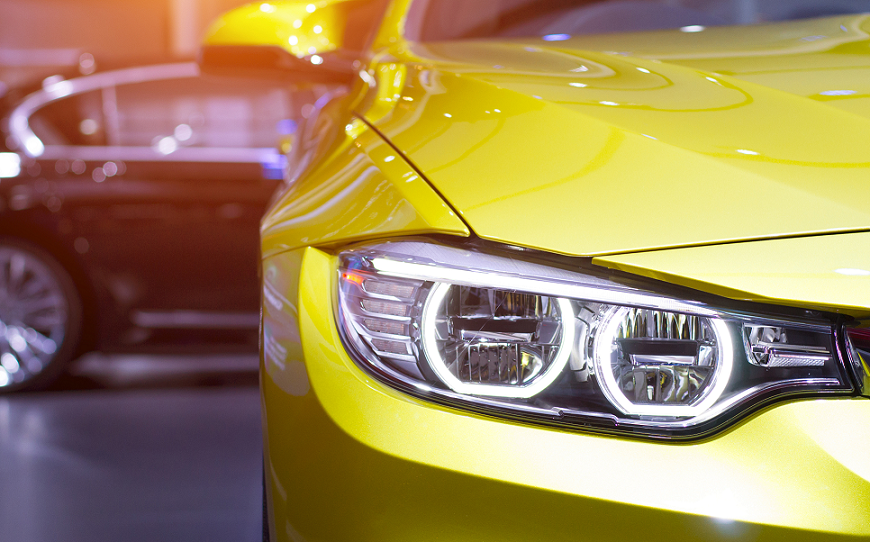
Adaptive headlights adjust the direction and range of your headlights based on the steering angle and speed, ensuring better illumination of the road ahead. This feature is especially useful on winding roads or during adverse weather conditions.
Lane Departure Warning (LDW)
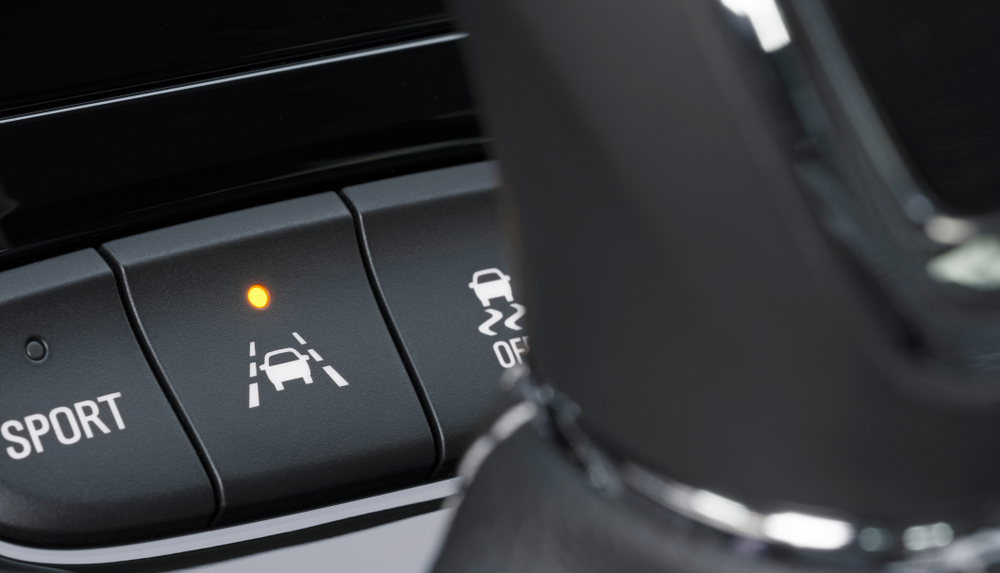
LDW alerts you with visual or auditory signals if you unintentionally drift out of your lane. This system is crucial for preventing accidents caused by momentary lapses in concentration, particularly on long drives.
This article originally appeared in MyCarMakesNoise.
More from MyCarMakesNoise
10 Retro Agricultural Vehicles Still Used Today

In the fast-paced world of modern agriculture, where technology reigns supreme, a surprising number of farmers still rely on retro agricultural vehicles. These machines, often decades old, continue to plow, plant, and harvest alongside their more technologically advanced counterparts. Read More
13 Little-Known Hybrids with Great Efficiency

Hybrid vehicles have come a long way since their inception, evolving into diverse models that cater to varying tastes and needs. Yet, beyond the well-touted giants of the segment like the Toyota Prius, there exists a plethora of lesser-known hybrids that offer exceptional fuel efficiency and environmental benefits. Read More
15 Surprisingly Affordable Exotic Cars

Exotic cars often evoke images of sleek designs, roaring engines, and, unfortunately, eye-watering price tags. However, the dream of owning a high-performance sports car doesn’t always have to come with a luxury cost. Read More













